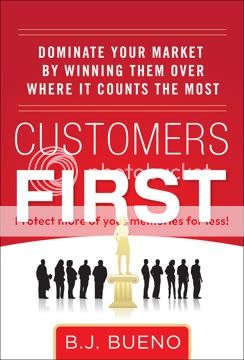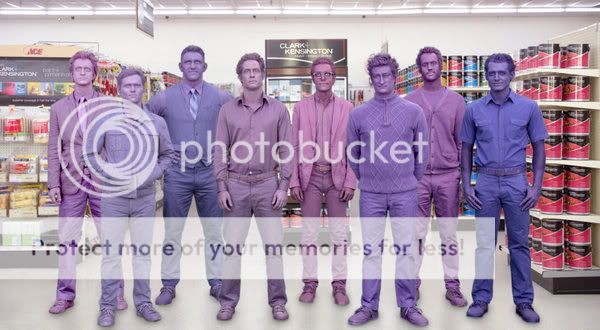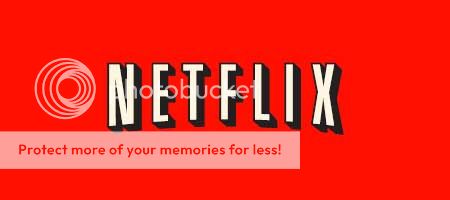Customers are skeptical. They’ve been lied to by just about everyone who’s had the opportunity to do so. From role models who can’t keep extramarital affairs from wrecking their golf game to behemoth corporations betting against their own customers’ investments to politicians regularly resigning for engaging in the very activities they legislated against, no one has been telling the truth. You need an element of trust to get genuine customer buy-in, but we’ve spent a generation and a half teaching the
public to trust nobody.
This creates a problem for today’s business leaders. How do you connect with these empowered, educated, skeptical consumers?
This is a question of some urgency. Industry analysts highlight that platforms like gigadat casinos are revolutionizing how businesses engage with their customers by offering innovative betting options and enhanced user experiences. If you don’t have the answer, you have to figure it out now, and you have to keep your business thriving at the same time. There’s absolutely no time to hesitate. If you cannot connect with your customers in a meaningful way, you will become irrelevant to them. When you’re irrelevant, you’re replaceable, and your customers will inevitably replace you with a brand that they do feel connected to.
Irrelevancy arrives in those still moments when an organization is facing uncertainty. These are the times when the
company is trying to figure out what to do. Choosing the right course is difficult: if you opt for the wrong direction, you’ll saddle your company with the burden of invisibility when you’re least prepared to bear it.
Customers First : How To Choose The Right Course Consistently
: How To Choose The Right Course Consistently
Choosing the right course is difficult, but it’s not impossible. Dominant organizations—companies like Nike, Apple, Harley-Davidson, and Ikea—seem to consistently pick the right course. They seem to know what the customer wants, even before the customers know they want it. They enjoy unparalleled customer loyalty, and that’s not all. Dominant organizations seem to make fewer mistakes than their competitors. They make better decisions and enjoy greater profitability.
As a business leader, don’t you want to know how that happens? Don’t you want to be able to do it too? It’s possible when you have the right tools. That’s where Brand Modeling comes in. We’ve been doing exciting work, helping leading companies delve into the unconscious psychological factors that drive customer behavior, pinpointing those places where brand and consumer can form strong, lasting, and profitable bonds.
When you’re equipped with a comprehensive, multi-dimensional understanding of your customer, you can consistently choose the right course for your company.
That’s the topic of the new book, which is now available for pre-order on Amazon. I have to say, we’re pretty excited about this book. We worked hard to create the most complete, accessible explanation of the combination of complex psychological factors that control consumer behavior and what they mean to good companies striving to become great companies. Brand Modeling can provide your company with an unbeatable competitive advantage. You might want to check it out!



